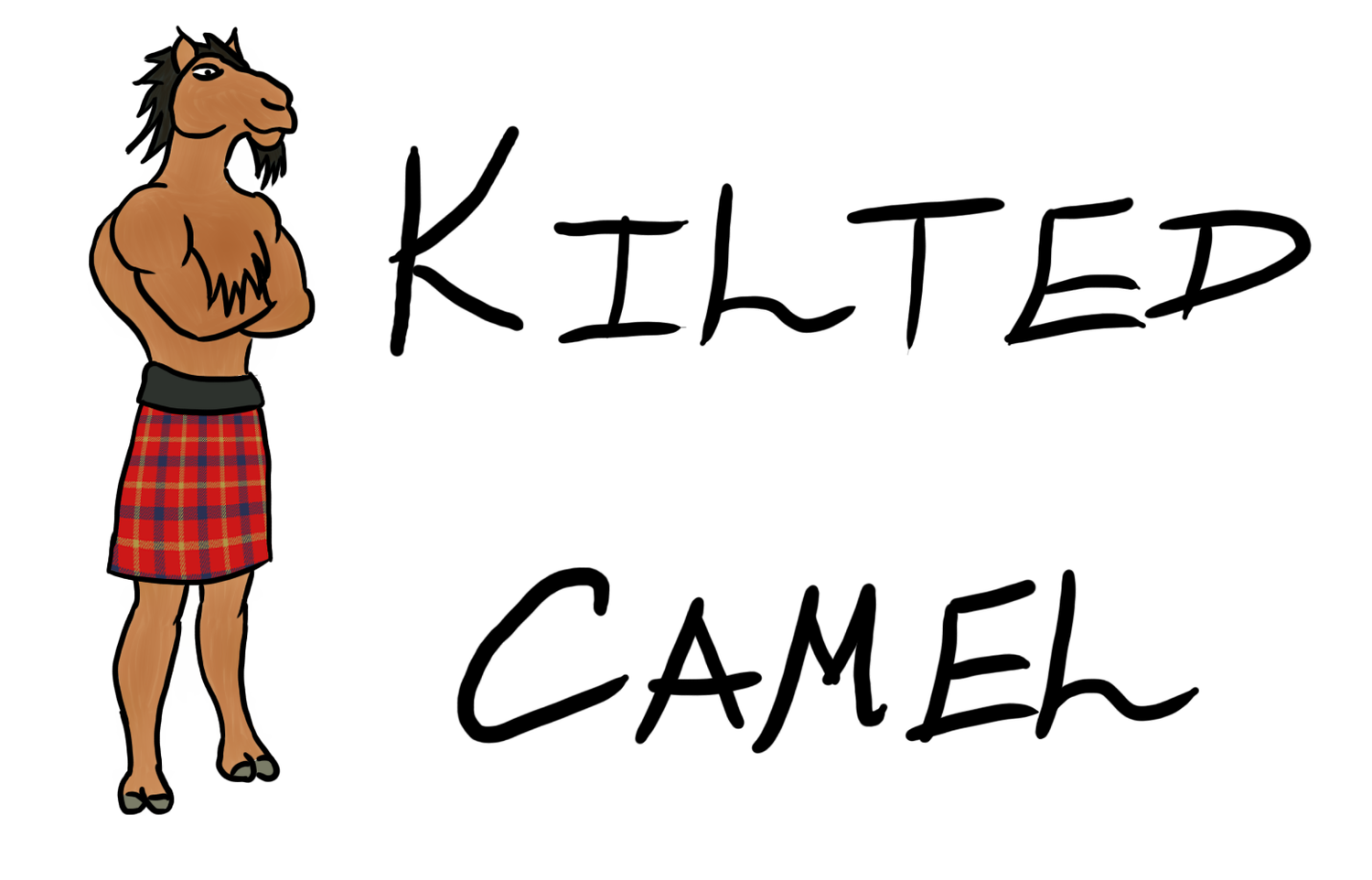Whit like are ye la (ds/sses)?
I've been having some troubles with the Unity editor since upgrading to the latest version, so I cannae do the usual weekly showcase of the latest enemies or levels. Instead, I'll use this as an opportunity to do an update on the general progress of the game.
Firstly, the campaign system is now fully functional. It's now possible to play through the currently created levels in order with upgrade screen between levels, complete with saving and loading. For each level I've set up the enemy AI controller with its wave pattern and recruitment point caps etc. to give a decent difficulty curve. So essentially the campaign is fully playable, until you get to the levels I haven't created yet. Also on the campaign side, the tutorial is done (except for voice acting).
Skirmish mode also is fully working, with all the settings available in the skirmish menu reflected in game (except Last Stand mode, which I've yet to implement). I've also made the options menu, which is fully functional, although not yet skinned properly. Main menu also is complete apart from skinning.
The existing units are somewhat balanced, although this will require more testing. I've set up a system that after each game generates a report detailing how well each unit performs (essentially it reports how much damage the average unit of a particular type dealt in the game, divided by the unit's cost). Of course this isn't the whole story, as some units have other value than the damage they deal, such as slow, bulky units drawing fire to allow lighter units to do more damage, etc. But it does give a good ballpark figure. Ideally I'd like to set up a system where the report is automatically sent to an email address after each game, so that I can collect a ton of data once the game goes into early access, which will help me balance the game.
So, what's still left to do?
Obviously there's more maps, enemies and towers to make. Then all the maps have to be lightmapped (which looks like it'll be a nightmare with Unity's new lightmapper).
All the voice acting also still needs to be done (Have done a little of the script, but it's still a long way from done). There's also still a little bit of music and sound effect work remaining.
I haven't touched the multiplayer system in months, so that's going to need a shake up to make sure everything I've done since then is working in multiplayer. I also need to do the multiplayer menus.
Although no official date has been set, we're aiming for an Early Access release in March next year. Now I'd better get back to work :P








































